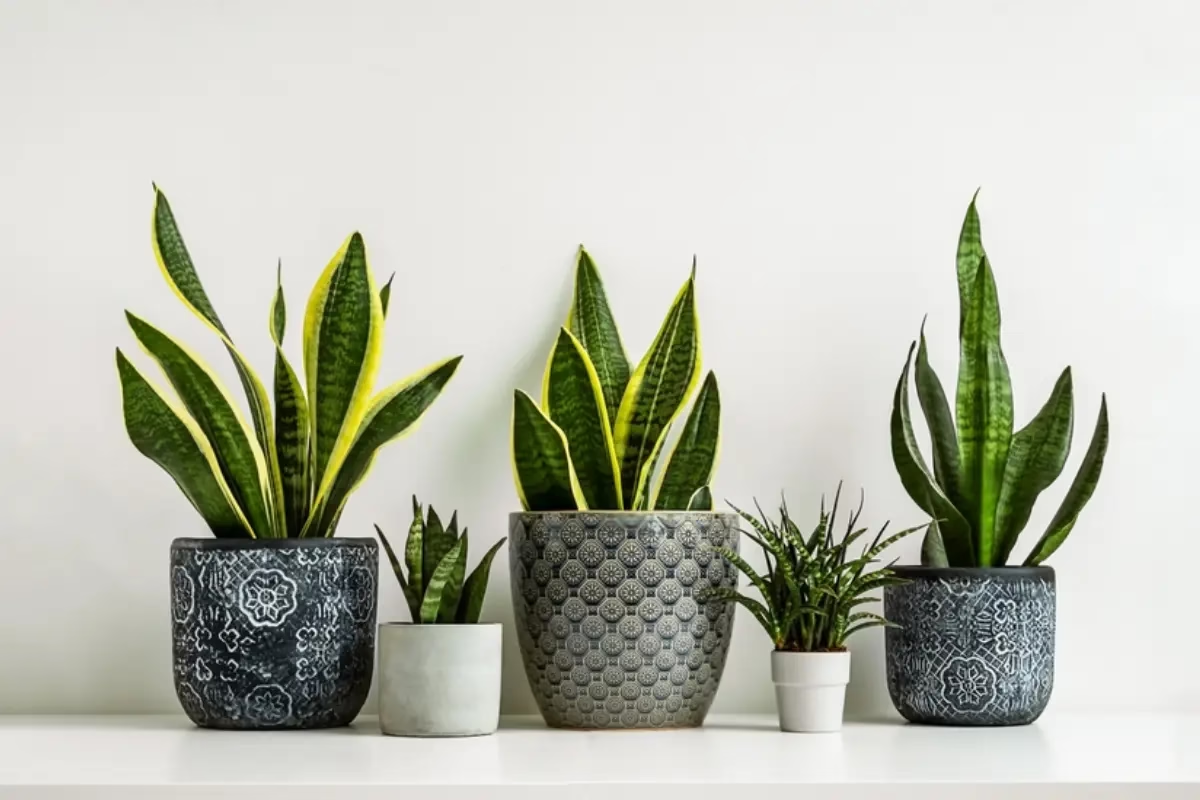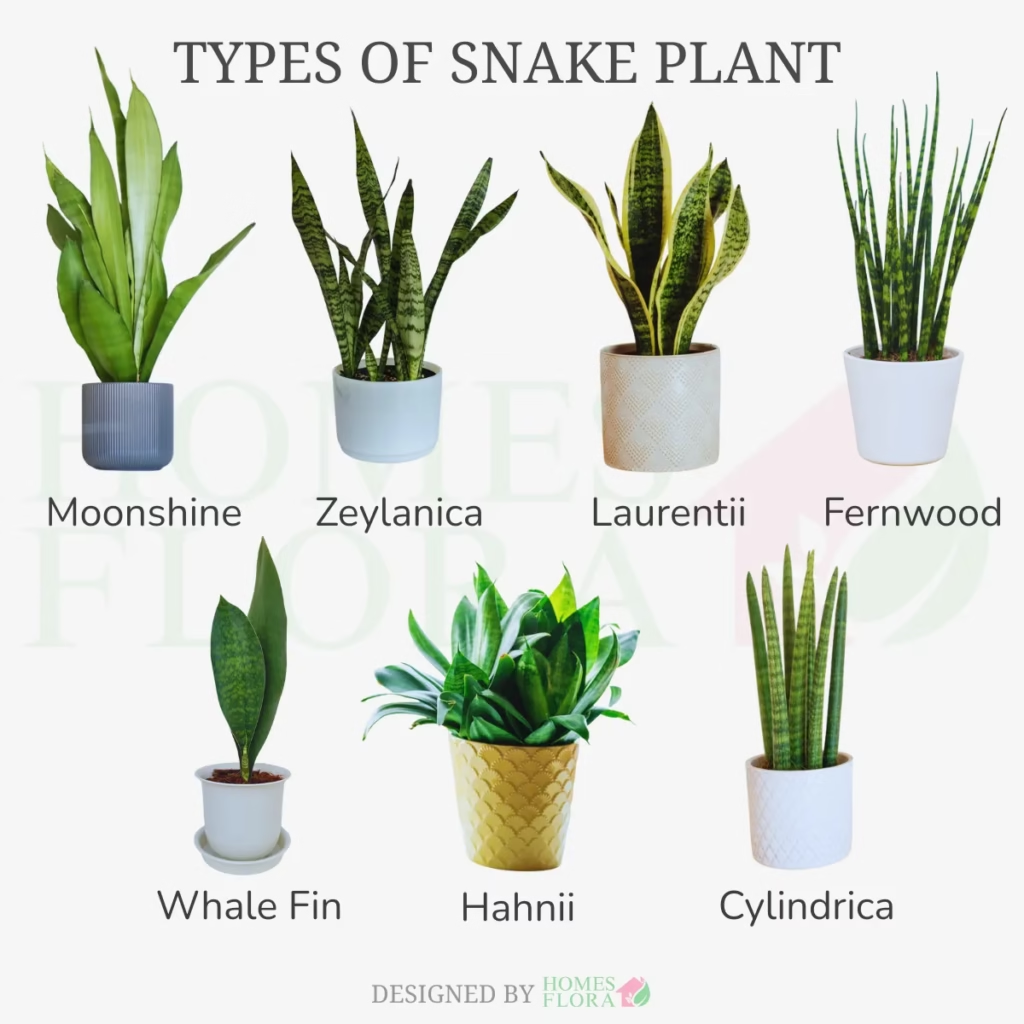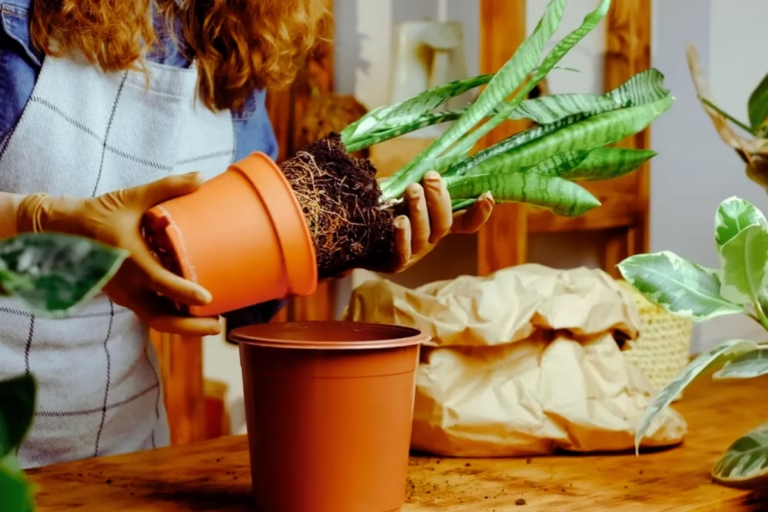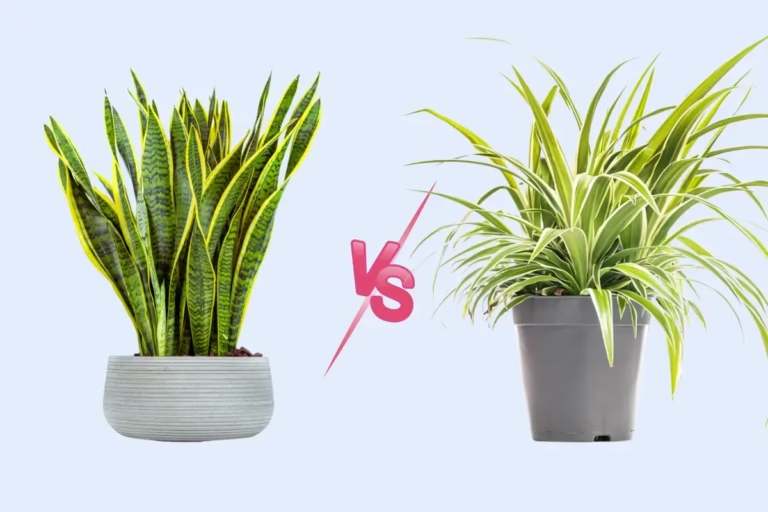Top 10 Benefits of Having Snake Plant in Your Home

If you’re worried about the air quality in your home or just want a simple way to feel more calm and refreshed, let me tell you—snake plants are amazing. They’re not only beautiful with their tall, sword-like leaves, but they’re also super easy to care for, even if you don’t have much experience with plants. What’s really great is that snake plants help clean the air by removing toxins that can make you feel tired or sniffly.
Plus, a lot of people believe they bring good energy and luck—especially when placed right according to Feng Shui. They fit nicely into any space of your home, adding a stylish, natural touch without taking up much room. Stick with me, and I’ll walk you through why the snake plant might just be the perfect green companion for your home.
What is Snake Plant?
The snake plant, also called Sansevieria trifasciata, is a popular houseplant known for its striking, sword-shaped leaves that grow upright and almost look artificial. Native to Africa and Asia, especially the West region between Nigeria and the Congo in the East, it’s now classified under the Dracaena genus. This tropical, evergreen succulent is loved for its resilient, undemanding nature—it’s super easy to care for and needs little water to survive.

With its bold foliage and gorgeous, aesthetically pleasing appearance, it’s often used in home decor and is instantly recognized and admired by the eye. Whether you’re new to plants or a pro, you’ll probably love this tough beauty that continues to grow effortlessly indoors and is known for being a true indoor classic with strong origin and deep native roots.
Snake Plant: Symbolism & Cultural Significance
Snake plant isn’t just popular because it’s easy to care for—it actually carries a lot of meaning in different cultures. In China, for example, people often keep it in their homes for good luck and prosperity. In parts of Africa, it’s believed to protect the space from bad energy or even ward off negative spirits.
When you think about it, it makes sense—this plant stands tall, doesn’t ask for much, and keeps going no matter what. That kind of strength has turned it into a symbol of resilience and quiet protection in homes around the world.
While enjoying the many benefits of the snake plant, it’s good to keep in mind that it can be mildly toxic if eaten. The leaves contain a natural compound that might upset a pet’s stomach or cause irritation if a child takes a bite. It’s nothing serious—just best to keep it somewhere out of reach and let it do its thing.
10 benefits of snake plant
1. Air Purification
snake plant is considered better choice for your bedroom. It helps filter indoor air, even at night to make you sleep comfortable by converting carbon dioxide into oxygen. It works to purify, detoxify, and remove toxins like formaldehyde, benzene, and xylene to clean the atmosphere which make it more breathable and healthy. Since it naturally regulates airflow, it can enhance the quality of your home by keeping the air fresh and safe.
2. Natural Humidifier
One of the nominated benefits of snake plant is its quiet ability to release water vapor, which helps regulate humidity levels in indoor spaces. This supports maintaining proper moisture in the air and can ease common issues like dry skin, respiratory problems, and allergies caused by dry air, gently adding to everyday well-being without needing any attention.
3. Mental Health Booster
The snake plant presence in indoor spaces like homes, workplaces, and medical facilities supports mental health and well-being and boost productivity. Proven in a 2018 Journal of Environmental Psychology study, snake plants trigger biophilic stress reduction, lowering cortisol by 17%.
Through horticultural therapy, its therapeutic effects are used in treatment settings. As a low-cost, low-risk way to enhance environments, the snake plant contributes to a more pleasant and efficient setting.
4. Mold & Allergy Fighter
The snake plant filter indoor air by absorbing airborne toxins, dust, and dander. This makes it effective in reducing common allergens that may trigger allergic reactions. By releasing oxygen at night, it supports cleaner breathing and eases allergy symptoms in sensitive spaces.
5. Stylish, Adaptable Decor
The snake plant is known for its tall, upright leaves. It features striking patterns and a clean, architectural form. This gives it a natural sense of style and elegance. It fits well in both home and office decor. Its variegated designs create strong visual interest.

Varieties like Sansevieria trifasciata laurentii stand out beautifully. The plant is available in different sizes. That offers versatility in placement. It slips easily into any interior, from cozy corners to clean, modern, minimalist, or contemporary settings. Whatever your style, the snake plant fits right in—and stands out just enough.
6. Low Maintenance
The Sansevieria, or Mother-in-Law Tongue Plant, is a hardy, low-maintenance plant found across all continents. As botanist Halina Shamshur from NatureID says, it’s often potted on windowsills in houses, apartments, and public buildings.
It can tolerate shade, direct sunlight, underwatering, drafts, and dry air. This resilient beauty needs no frequent repotting and is rarely infested. It survives with minimal care. The plant can thrive in low light, handle irregular watering, and survive neglect.
The snake plant benefits make it an excellent choice for busy individuals or those new to plant care. With a straightforward routine, this undemanding and common plant adds natural beauty to any space. It’s one of the most grown indoor plants today.
7. Feng Shui Powerhouse
The Chinese are known to love the snake plant for its ability to absorb negative energy, making it a natural fit in feng shui practices. Many believe that placing Sansevieria in a classroom can support focus and learning, while others say it may help eliminate emotional blocks like bitterness and jealousy.
It’s often believed to calm tense energy in a room where people may argue, or near appliances that emit harmful radiation. While not supported by scientific evidence, there’s no harm in giving it a thoughtful try.
8. Eases Everyday Discomforts
Though not all uses are supported by scientific research, many plant enthusiasts recognize the benefits of snake plant in easing minor physical concerns through traditional practices.
For example, snake plants are believed to:
The juice from the leaves is often used on the skin for burns or inflammation, and light aromatherapy may help with tension. Still, it’s wise to use caution, as the plant contains saponins, natural compounds also found in diuretic, bile-stimulating, and laxative products that can be harmful in large amounts.
9. Tolerance and Longevity
One of the most reliable benefits of snake plant is how effortlessly it handles being left alone. If you forget to water it now and then, there’s no need to stress—it’s drought-resistant and deals with dryness like a pro. It’s often called the camel of houseplants because it stores what it needs and just keeps going without fuss.
Sansevieria trifasciata and its varieties can live for long time upto year with just small attention and bit care. they ask for little but in result the owner got more snake plants benefits. it always strong through neglect and never needing much. Their enduring, long-lasting greenery makes them a sustainable and beautiful choice for any space.
10. Stress Reduction
Along with the physical benefits of snake plant, it can also reduce stress and bring a sense of calm to your indoor space. After a tough day at the office or a small argument at home, just having it around can make the room feel lighter—like it quietly helps you breathe a little easier without doing much at all.
Just having greenery indoors is linked to lower stress levels and better mental well-being, and the snake plant offers that with ease. Its calming aesthetics, soothing presence, and easy maintenance create a quiet sense of tranquility, making it a steady companion when life feels a bit much.
7 Stunning Types of Sansevieria
Fernwood
Compact, slightly wild, and perfect for shelves or desks. It’s one of the best options for smaller rooms, offering a touch of life without taking up much space—and still helps detoxify indoor air.
Laurentii
This is the most well-known type—tall, structured, with striking yellow edges that brighten any space. It’s not just pretty; it’s also one of the top varieties for air purification, especially in busy or closed rooms. In fact, it ranks high among the most recognized benefits of snake plant.
Moonshine
A real visual refresher—its pale, silvery leaves reflect light beautifully, which adds a soft glow to dull corners. Known for being slightly more efficient at oxygen release, especially in lower light.
Whale Fin
Bold, sculptural, and slow-growing—but incredibly resilient. Its wide leaf helps it store more moisture, so it’s great in dry homes or where watering is sometimes forgotten.
Zeylanica
More subtle than Laurentii, with dark green, rippled leaves and no yellow edges. It blends easily into any setting and is incredibly hardy, making it ideal if you’re still building your plant-care confidence.
Hahnii
A compact, low-growing variety that forms a tight rosette—perfect for shelves, desks, or small corners. Despite its size, it’s great at cleaning air near ground level and fits easily where taller plants can’t.

Snake plants come in a wide range of varieties, each with its own personality—different shapes, leaf patterns, and tones that suit different spaces. This visual guide makes it easy to explore the most popular types, so you can pick the one that fits your home and style best.
Snake Plant Care to Maximize Its Benefits
1. Light
Snake plants are pretty flexible—they can handle anything from low light to bright, indirect sun. That said, they grow happiest in medium to low light, making them perfect for corners, hallways, or soft window light.
2. Watering
Let the soil dry out completely before watering again. Snake plants don’t like sitting in wet soil—they’re much safer a little dry than too damp, so it’s better to underwater than overdo it.
3. Soil
Well-draining soil is a must for snake plants. A cactus or succulent mix works perfectly—it gives the roots just the right balance of air and drainage to stay healthy and rot-free.
4. Temperature & Humidity
Snake plants like it warm—anywhere between 70–90°F (21–32°C) is ideal. They can handle cooler spots too, but just keep them away from cold drafts or sudden temperature drops; no need for added humidity either.
6. Fertilizer
During spring and summer, feed your snake plant with a balanced liquid fertilizer every few weeks—once or twice a month is enough. In fall and winter, when growth slows down, it’s best to reduce or skip feeding altogether. Keep it light and simple.
7. Propagation
Snake plants are not just easy to care for—they’re also simple to multiply. Here’s how to do it at home:
It’s a satisfying way to expand the benefits of snake plant throughout your home—or even share one with someone else.
Snake plant: The Houseplant That Works for You
This Sansevieria trifasciata purifies air 24/7, survives your forgetfulness, and boosts oxygen while you sleep. It fights toxins, slashes stress, and fits any space—no green thumb needed. For city dwellers, busy parents, or chronic overwaterers, it’s the ultimate low-effort, high-reward lifesaver. Your home deserves this self-cleaning, mood-lifting, decor-upgrading powerhouse. Still hesitating? Even NASA says: “This plant works when you don’t.”




